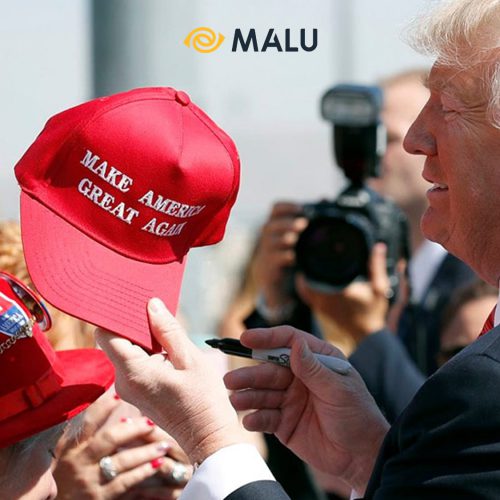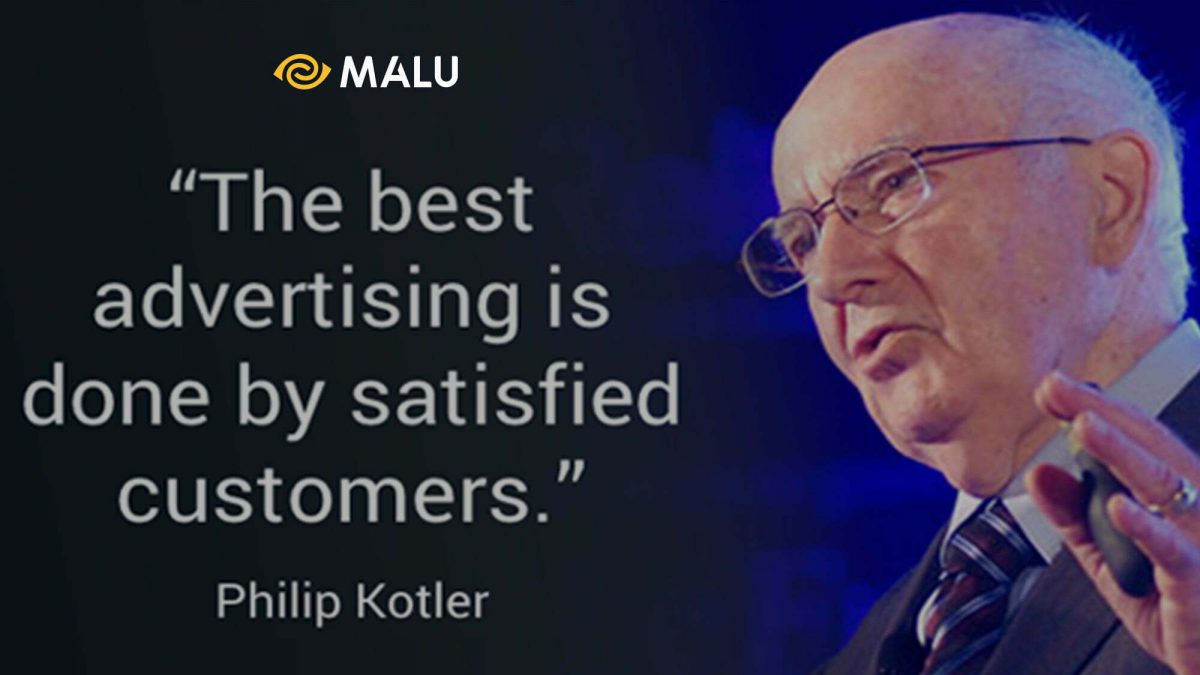
In the opinion of leading experts in Marketing, brand – brand is one of the most sustainable assets of a business, whose value lasts longer than any specific product or service. Having the right Branding Strategy is the foundation for all future development activities.
“ If the business goes bankrupt, I am willing to give all the land, stores, properties, .. and keep only the brands and trademarks ” – John Stuart – CEO of Quaker Oats (1922 – 1953) .
The former CEO of McDonald’s once said, “ If unfortunately all assets, all buildings, all facilities of the business are destroyed by some natural disaster, we can completely borrow money to pay for it. replace. But if the value of the brand – Brand is lost, the entire asset that the business owns cannot be enough to replace it .
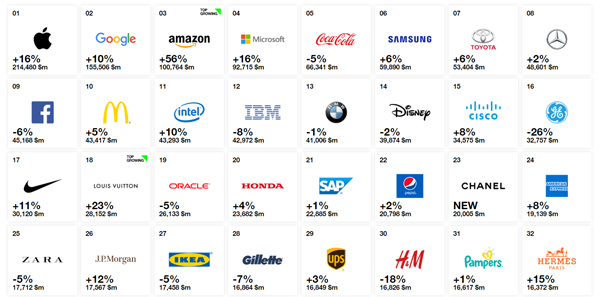
In this article, let’s explore with Malu about the definitions, strategies, building and management of brands.
>>> Brand Extension: What is Brand Extension Strategy?
What is Brand Equity?
Brand Equity , or brand equity, is all customer feedback through a specific product or marketing campaign about a brand. It is measured by each customer’s ability to interact, whether they love it, or hate it, which all fall under the category of brand equity.
Big brands like Coca-Cola, Nike, Disney, Google, Apple, Facebook win the market not simply because they provide the best, most reliable product features, but also because they succeed. in building a deep relationship with its customers.
There are 4 points worth noting about customers’ thoughts with the brand:
1. Differentiation: What makes your brand stand out .
2. Relevance: Customers feel whether the product meets their needs
3. Knowledge: How well customers know and understand your brand.
4. Esteem: How well customers rate your brand .
Note that a brand with a difference does not guarantee that customers choose you over your competitors. A good brand needs to stand out in a way that is relevant to the needs of the customer.
 What makes for a strong brand equity is that you have customer equity – the value of the customer relationship that the brand creates.
What makes for a strong brand equity is that you have customer equity – the value of the customer relationship that the brand creates.
>>> Learn more about Brand Activation – the new branding trend
Strong branding strategy:
When it comes to brand strategy, here are a few things to keep in mind:
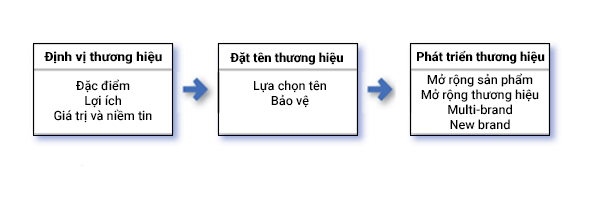
Brand positioning – brand positioning:
Marketers need to position their brand clearly in the minds of potential customers. They can locate in 3 levels.
>>> Refer to the more detailed article on Brand positioning – Brand positioning
Positioning by product characteristics:
For example:
P&G positions Pampers diapers with features such as “liquid absorption”, “fit, comfort” and “easy to throw away”. However, competitors are quite easy to imitate and most importantly, customers often do not care about these features, but rather how they can help them.

Positioning by product benefits:
Some successful benefit-oriented brands such as Fedex (shipping on time), Nike (performance), Lexus (Quality), Walmart (low cost).
>>> 10 Product Pricing Strategies In Marketing
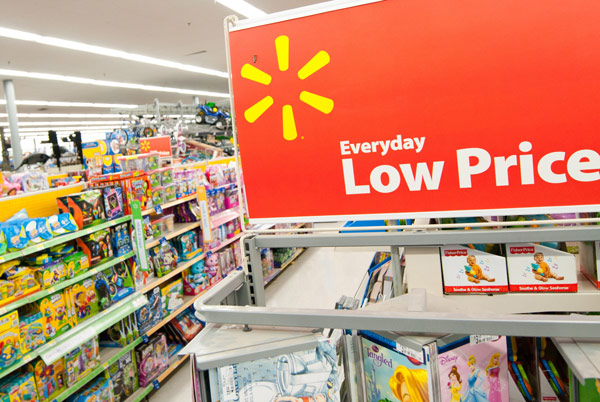
Positioning by values and beliefs:
This is the highest level of brand positioning, based on trust and values, and best customer interaction.
For parents, for example, Pampers means more than just a brand of diapers. “Pampers Village” on the website (www.pampers.com) has contributed to positioning this brand as a place where “We grow together”, focusing on the happiness of children, the relationship between parents and children. baby, and comprehensive care for young children.
Successful brands create emotional interactions. If you create that connection, your brand will become a “lovemark”.
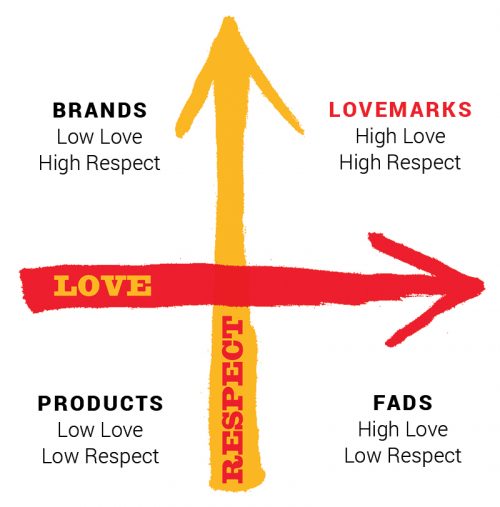
>>> Brand Trust – Building Brands From Customers’ Trust
Select brand name:
A good brand name will contribute to the success of the product. However, finding a brand name is not an easy task. The name will be formed after a thorough review of the product, its benefits, target market and specific marketing strategy.
Then, in the end, having a good name depends on half the science, half the art, and a little bit of “luck” that comes with it.
Some points to evaluate a good brand name include:
1. The brand name should suggest a part of the product’s benefit or feature.
2. It needs to be easy to read, recognize and remember.
3. Brand name needs to have a certain speciality (unique, different and outstanding).
4. Potential to expand the brand in the future.
5. Brand names need to be registered and protected.
Again, choosing a brand name is not a simple task, once chosen, the name needs to be protected, because there are many dangers that directly affect your brand. you (like being used or copied by a competitor) if the necessary measures are not taken.
Brand development strategy:
Businesses have 4 options when it comes to brand development
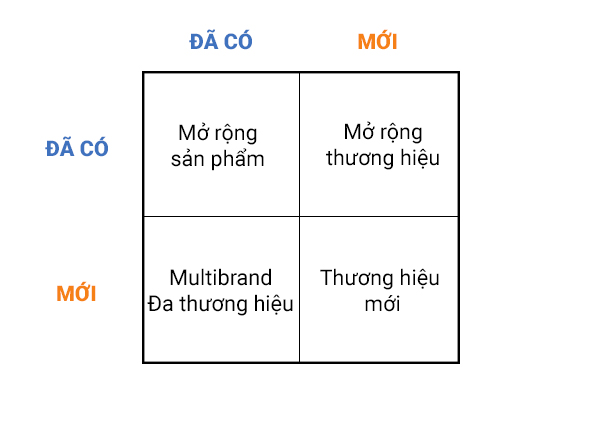
1. Product expansion:
This strategy applies to product brands or existing product categories, and want to expand more in shape, size, color, material, taste.
2. Brand extension:
Brand extension for new products will immediately cause recognition and be quickly accepted by customers.
This method also helps businesses save advertising costs compared to building a new brand. However, the downside of this method is that it confuses the big brand itself.
An example is the brand “Heinz Pet Food” which almost completely failed.
No one would have thought that Heinz – a famous brand in the United States with ketchup, sausages, canned goods, could launch pet products like the “Heinz Pet Food” line. This confusion makes customers skeptical and hesitant to buy.
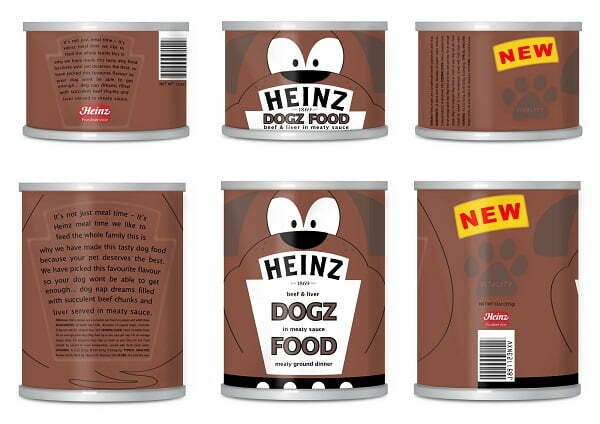 3. Multibrand – multi-brand:
3. Multibrand – multi-brand:
Businesses that choose this form often put many products in the same category. For example, PepsiCo has more than 5 different types of carbonated soft drinks: Pepsi, Sierra Mist, Slice, Mountain Dew and Mug Root Beer, a series of tea and coffee brands: Lipton, Sobe, .. Each of these brands go again. along with its sub-brand: Aquafina has Aquafina Flavorsplash, Aquafina Sparkling,…
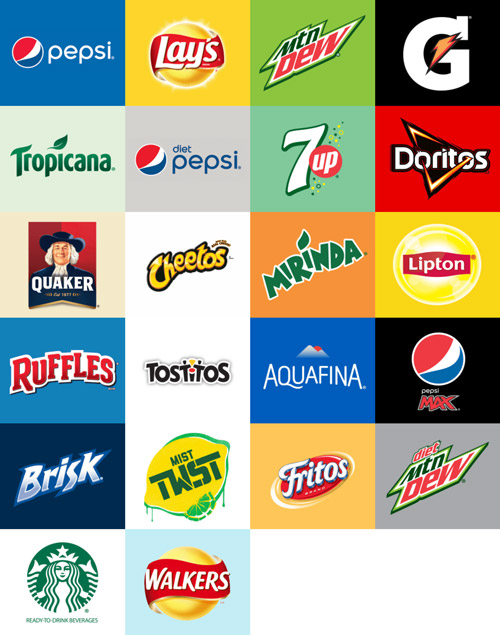 Multibrand presents the opportunity to form each brand to serve the different needs of customers. However, the disadvantage of this method is that each brand can only capture a relatively narrow market segment, the profit may not be too high.
Multibrand presents the opportunity to form each brand to serve the different needs of customers. However, the disadvantage of this method is that each brand can only capture a relatively narrow market segment, the profit may not be too high.
4. Brand new:
The final option is to develop a new brand entirely.

Toyota has created a completely separate Lexus brand to target customers in the high-end segment. But like Multibranding, introducing too many new brands can have many consequences for consistency. In addition, the development costs are extremely expensive.
Brand management:
Brand management is one of the most important tasks in the development process of businesses. For good brand management, you first need to preserve the purpose of the brand, maintain a consistent image throughout the brand, build trust in the business, arouse intense emotions and review the strengths and weaknesses of the brand to adjust accordingly.
>>> Read more detailed articles about Brand Management – Brand Management
What is the purpose of the brand?
Just like people, brands also need a purpose to interact and convey messages to customers. But in a society with so many choices, defining a brand purpose to stand out and differentiate from the competition is not an easy thing to achieve.
Experience shows: The clearer a brand’s purpose is, the greater its ability to differentiate and stand out from the crowd.

Take for example IKEA – the world’s leading furniture company. If the purpose of a brand stopped being: “bringing a better life to everyone”, it would be lost in front of thousands of businesses with the same mission.
Therefore, IKEA creates a more specific vision and mission: Bringing customers beautiful designs, useful furniture products at cheap prices, so that everyone can own them. “.
Of course, speaking goes hand in hand with action, when giving such a clear mission. Businesses need to be aware of their responsibilities, maintain transparency and always stick to the core values set out to serve customers.
Maintain consistency
Every year, big brands spend huge budgets on advertising to increase brand awareness as well as maintain loyal customers. AT&T spends more than $2 billion annually on advertising, lower than McDonald’s, and Ford also spends nearly $1 billion on advertising.
However, it is a fact that “brands do not create consistency by advertising, but by actual brand experiences of customers”.
In the modern world, customers come into contact with brands through countless different touch points: advertising, word of mouth, social networks, company website, mobile apps, etc. Therefore, the ultimate mission of That business is to maintain the brand image and position in every touch point with customers .
Take an example at Coca-Cola, we can see the consistency of the red tone across the media channels they use: from Facebook, Instagram to LinkedIn.
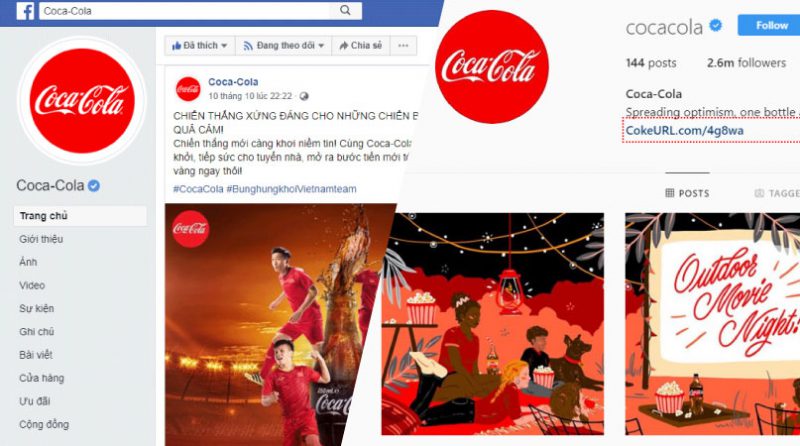
Maintain brand trust from insiders
Companies need to train their own staff, build internal brands to help employees better understand the value the business brings. Many businesses do so well that they train their distribution teams and sales agents to ensure the brand’s image in the eyes of customers.
In addition, businesses also need to build a deep business ethics from core values. This needs to be reflected in the Vision, Mission and Goal of the business. Ethics is also a factor that builds trust among employees, partners and even customers of the business.
Evoke emotions
Customers use reason to find out information, but use emotions to make purchasing decisions.
That is why the “sheep” of Harley Davidson do not choose other brands that are cheaper, easier to go. Because Harley has built herself a distinctive brand personality, an invisible link between them and customers. Then every time a customer makes a choice, there is an echo from the formula telling them: “ Let’s fight a Harley! “

Brand review
Finally, businesses need to continually identify their brand’s strengths and weaknesses. It is necessary to ask questions such as: Does the brand really bring the values and benefits that customers need? All touchpoints – do touchpoints support brand positioning? Do people in the business really understand what the brand means to the customer?
In short, brand strategy – building a strong brand is a long-term process that requires marketers to really understand the customers and products of the business to be able to come up with a right strategy. Hope the above article has helped you update the basic knowledge to develop your business brand.
>>> Consult Malu’s professional brand identity design service
Source: Principles of Marketing – Philip Kotler, Gary Armstrong




